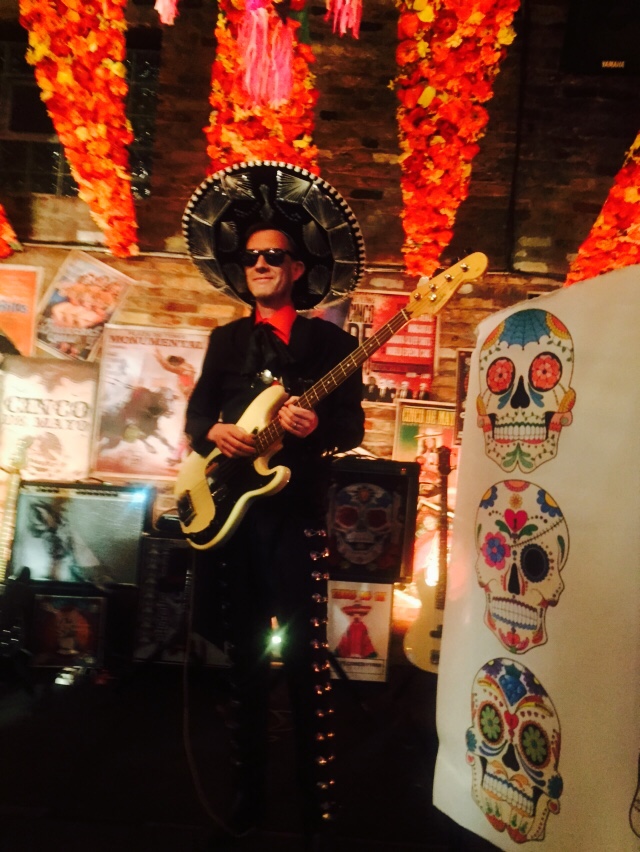They were the biggest marshmallows I had ever seen. Perhaps the soft pastels of green, blue, and pink were meant to make these whipped-sugar baseballs seem less threatening. Had they been in a normal-sized marshmallow bag, four, maybe five, would have fit. This sack held hundreds. I looked up and eyeballed the enormous flying saucer perched above. Yes, I calculated, if the command module is hollow as well, they just might fit.
I was in a piñata store in Juarez, Mexico. My wife, our three children, and I were visiting family in El Paso, and we had hopped across the border for a quick look-see. Juarez has suffered high levels of violence in the not-so-distant past, but more recently things have eased, so we jumped at the chance to turn a family get-together into an international marshmallow adventure.
We had been directed to the piñata store after my wife asked a passer-by where we could buy a treat for the kids. It took awhile to find a single item in the store containing less than 20 pounds of confection, but we did, disappointing our children.
The piñata store was our second stop after the Mercado Juarez, a large indoor market a couple blocks away. The market splits down the middle between selling tchotchkes to tourists and selling stuff that Mexicans actually use. My wife and I bought a tin lantern in the shape of a star, which isn’t interesting at all, except that we got to haggle for it. I’m glad I don’t need to go back and forth over the price every time I buy a light bulb at the hardware store, but once in a while it’s fun.
Our third and final stop was the open-air market at the Plaza de Armas. The first thing we came across was a Mexican rock band playing “Hotel California”. Something must be wrong, I thought, why aren’t they playing the song they’re supposed to be playing? But when they started the next tune I recognized the riff to “La Bamba”, and breathed a sigh of relief.
I bought a container of dried beetles to snack on and a big cup of cucumber juice to wash them down. Since we were staying with relatives, I figured that if I got sick there would be someone to take care of me, so I was a little more cavalier than I might have been on our own. At any rate, I suffered no consequences.
The plaza is lined with vendors grilling food for lunch. No one in our group speaks Spanish particularly well, so we were mildly surprised when we were handed several beef and pork tacos, exactly what we thought we had ordered.
The dining table behind the grill was loaded with sauces and condiments. Before testing them I made sure there was plenty of liquid available to put out any potential tongue-fires. There were a few flare-ups, but no conflagrations.
We left the plaza for the half-mile walk back to the USA. We passed a few establishments one would expect to find at a border crossing: visa expeditors, dodgy hotels, cut-rate prescription pharmacies. We had heard that there is a lot of cross-border shopping by people taking advantage of the other country’s lower tariffs or falling currency (in general, clothing is cheaper in the US; food is cheaper in Mexico, probably piñatas too). This we verified by the number of Mexicans we passed, mostly middle-aged women, walking back into Mexico carrying full shopping bags of shoes, clothes, and detergent.
It costs 75¢ to leave Mexico. So I unloaded my accumulated Mexican change into the turnstiles at the border. Up the bridge and over the culvert that is the Rio Grande, we walked into the US immigration building. Minutes later we were out the door and in America, on a street lined with discount clothing stores advertising their wares in Spanish. Viva el comercio.
